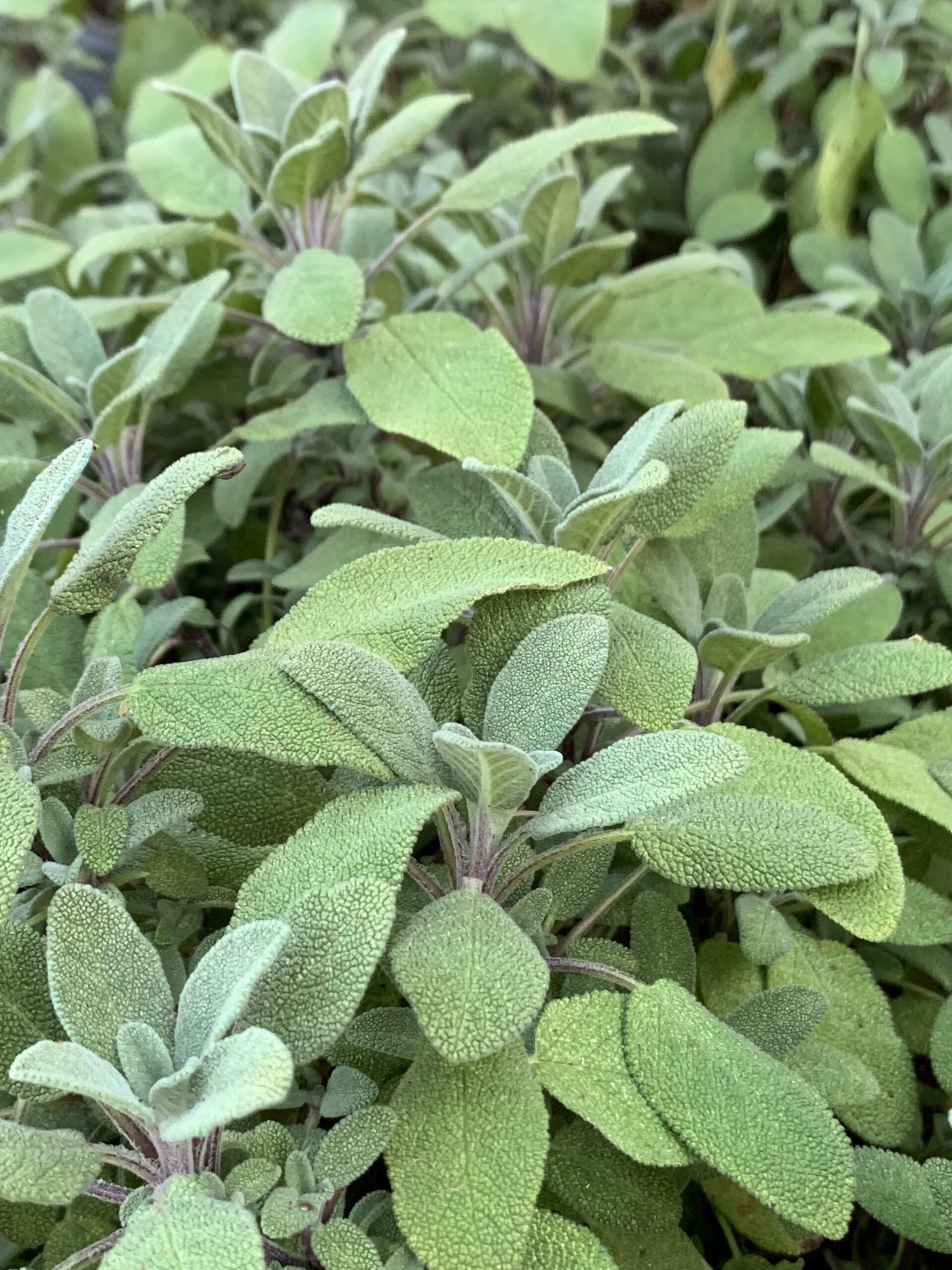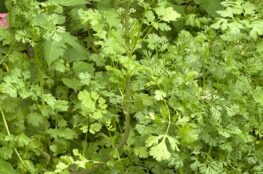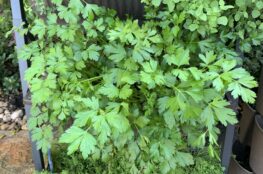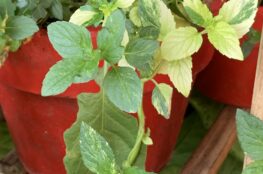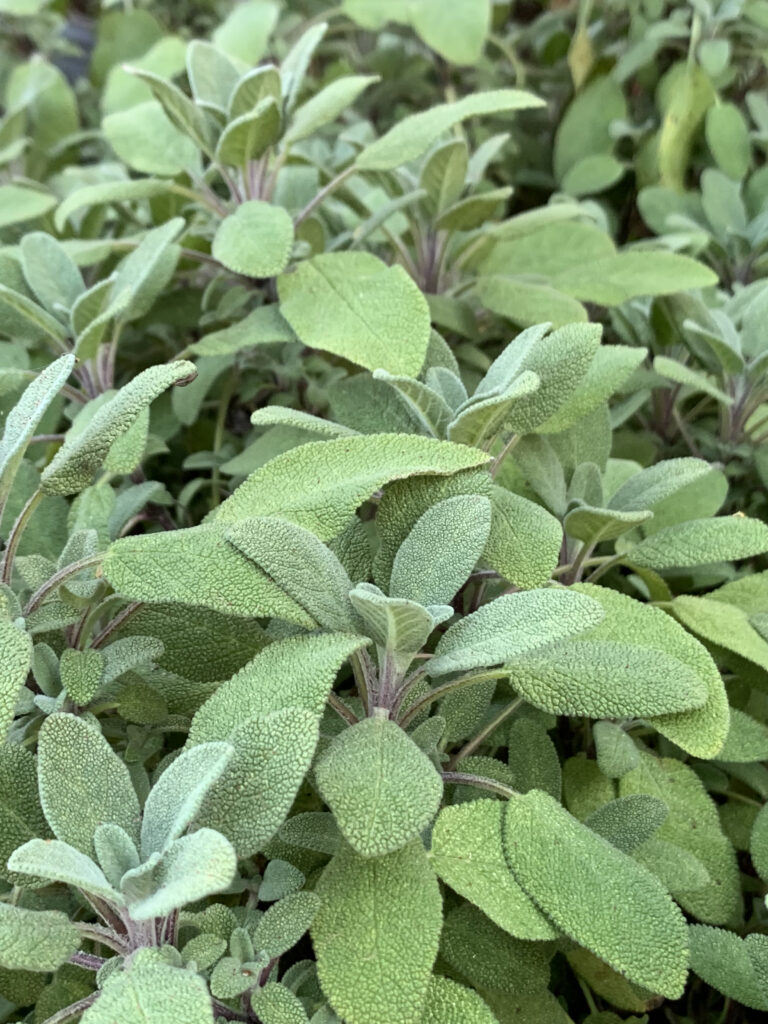
Hey my Sweet Lifers! This summer has really poured a lot of hurting on the garden. We have set records by having the hottest one since 1913. As you can imagine some herbs survive and even thrive in that kind of temperatures; while others said “adios!” Because I do so much cooking, preserving and making homemade remedies, I try to always have growing a wide variety of herbs. One of my favorite is sage. Sage is used by most of us at least once a year during thanksgiving recipes, specifically our stuffings. However, sage has a lot to offer to help with hot flashes, and with insect bites too. Sage is a perennial plant, meaning it reseeds itself and comes back…or with our climate, actually never leaves. It does have flowers that it shoots off and bees and other pollinators love it, making it another wonderful part of providing sustainable food sources to the “sweet” critters in our gardens.
The herb sage (salvere) means literally to be saved. It is part of the mint family (Lamiaceae) and native to the Mediterranean region. During Roman times it was heavily relied on for digestive issues, particularly with regards to consumption of fatty meats. Sage is a great preservative for meats generally as well. In medieval Europe it was used to promote wisdom and thought to have memory “helping” properties. Sage is also a powerful antiseptic and as I mentioned earlier a reliable herb that regulates hormones. Prepared for use in this way is best to make either a tincture, infusion or simply a tea. Using the leaves and crushing them a bit before making your choice of delivery. You can use this for digestive tea, gargle it for sore throats, and rub the crushed leaves directly onto the skin where you have received an insect bite. In just a few minutes the stinging will dissipate!
One of my families favorite ways to enjoy this herb is with my brown butter sage sauce. It’s very simple to make and goes really well poured over roasted cauliflower or carrots and pork and chicken. Another way to get that sage into our diets besides just at Thanksgiving!
Here’s how to make it:
Melt 1 stick of butter in a cast iron skillet and when it starts to brown add in 6-8 sage leaves and the juice of 1/2 lemon. Let that simmer for about 8-10 minutes. Sprinkle a pinch of fresh pepper and Enjoy!
As always, I hope you will grow stuff in your garden and try some new things. Sage is a delightfully resilient herb that has many uses that I am sure you will enjoy.
Keep on Growing and Stay “Sweet!”

